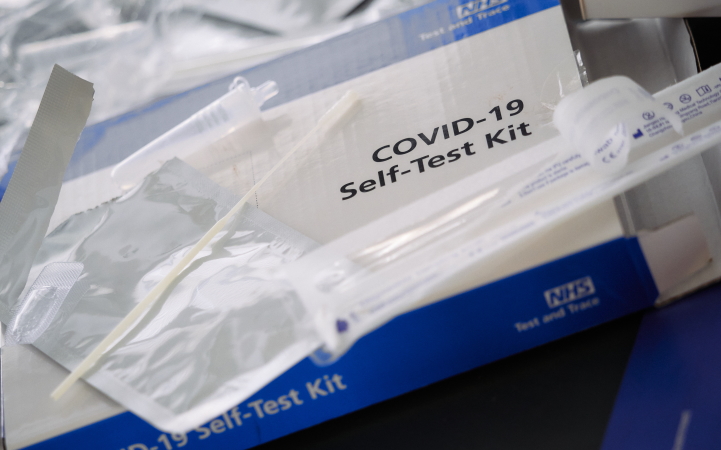
COVID At-Home Testing Rules: Potential Impacts to Self-Funded Health Plans
Recently, new guidance has been issued regarding the requirement for insurance plans to cover the costs of at-home, rapid COVID tests. Starting on Saturday, January 15, 2022, insurers and payers will be required to cover the costs of these tests for covered members, with the highlights being:
- Members will NOT require a prescription or doctor’s note
- Plan expenses can be capped at $12 per test
- Note that many tests may be more expensive than $12, at which point the member is responsible for the difference
- Members can be capped at 8 covered tests per month
- Members may end up paying up front and submitting for reimbursements
- Insurers/Plans create a preferred network with zero member cost at point of care
- Other providers may bill the patient, who in turn will have to file the claim manually
- The test must either be FDA approved or have Emergency Use Authorization (EUA) status
- Medicare is not currently included, so members with dual coverage will still have claims run through the employer plan.
With these rules taking effect, the clear question many self-funded plans will have is, “What’s this going to cost our plan?”
To be clear, it’s unlikely every single member of a plan is going to go out and buy 8 tests per month and submit claims for all them. However, that is the maximum exposure… 8 tests x $12 per test x number of members. For a plan with 1,000 members, that means an exposure of $96k per month or just over $1.1M per year.
For a reference point, that would equate to a 20-25% increase in claims for the average plan.
Far more likely is a scenario in which the reimbursement requests are MUCH lower. Some factors likely to contribute to the lower numbers are:
- Limited test supplies/availability
- Access to suppliers
- Limited member need and engagement
- The “Hassle” of manually submitting reimbursements
- Income disparities (higher income is less likely to “chase down” a reimbursement)
- Likelihood of waning need after a few months
Given those factors, a far more reasonable estimate would likely be somewhere between 0.1 to 0.5 tests per member per month.
From a financial standpoint to a self-funded plan that would mean an $PMPM increase of anywhere from $1.20 to $6.00. Comparing to national benchmarks, on the higher end, the plan would see a claims increase of nearly 1.3% compared to normative values.
This is not an inconsequential amount, but it is also likely not to be a catastrophic increased driver of claims and spend to the plan.
As always, consult with your trusted advisors on strategies to deploy to remain compliant, drive efficient access and utilization, and to manage spend effectively.

Related articles

An organization’s overall wellness program reaches not only their employees. It reaches an employee’s loved ones, including their spouses and their dependents. This is why it is essential to think...

Employers across the nation are trying to find new ways to contain the rising costs of prescription drugs. For many small businesses, employee benefits can be a key way to attract and retain top...

Pharmacies-and-Reference-Based-Pricing Health care costs continue to rise, a longtime trend that pushes organizations to lower expenses at every opportunity, though confronting the affordability...